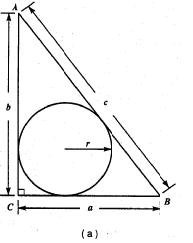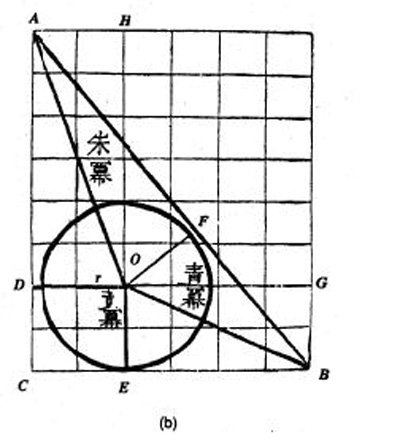- About MAA
- Membership
- MAA Publications
- Periodicals
- Blogs
- MAA Book Series
- MAA Press (an imprint of the AMS)
- MAA Notes
- MAA Reviews
- Mathematical Communication
- Information for Libraries
- Author Resources
- Advertise with MAA
- Meetings
- Competitions
- Programs
- Communities
- MAA Sections
- SIGMAA
- MAA Connect
- Students
- MAA Awards
- Awards Booklets
- Writing Awards
- Teaching Awards
- Service Awards
- Research Awards
- Lecture Awards
- Putnam Competition Individual and Team Winners
- D. E. Shaw Group AMC 8 Awards & Certificates
- Maryam Mirzakhani AMC 10 A Awards & Certificates
- Two Sigma AMC 10 B Awards & Certificates
- Jane Street AMC 12 A Awards & Certificates
- Akamai AMC 12 B Awards & Certificates
- High School Teachers
- News
You are here
Using Problems from the History of Mathematics - Strategies for Employing Historical Problems
In a 1985 issue of the Mathematics Teacher (Wikenfeld), a problem included in “Reader Reflections” prompted a series of follow-up discussions in later issues of the journal. Obviously, the problem caught the attention of the readers. Interesting mathematical variants were proposed and solved (Lieske, 1985). The problem was good because it was strikingly simple in its conception: ”Given a right triangle with legs of length a and b and the hypotenuse of length c, what is the length of a side of the largest inscribed square having the right angle as one of its vertices?” See the figure below.

Interestingly, the side of the square is found to be the product of the legs divided by the sum of the legs. This problem takes on even more intrigue when one learns that it was first known to be posed over 2000 years ago in China. It is the fifteenth problem in the ninth chapter of Jiuzhang suanshu (Nine chapters on the mathematical art) (Swetz and Kao, 1977). Now, if this problem is examined in its historical context, it could be noted that Problem 16 in this collection challenged the reader to find the radius, r, of the inscribed circle for a given right triangle.

In a similar manner, a present-day teacher can offer this challenge to a first-year algebra class. Can they find the same answer for this problem that the ancient Chinese scribes found; namely, that r equals the product of the legs divided by the sum of the three sides? The mathematical learning experience built around these problems can then be further extended by an examination and discussion of the Chinese geometric-algebraic solution scheme for the inscribed-circle problem as shown below:

For historical interest, a facsimile of the actual Chinese solution's illustration is presented, including a graphical error in the circle's construction. Reference lettering is a modern insertion; however, the use of a grid is a traditional Chinese procedure.
Several problems in this same series are ingenious in their conception and require true perceptual and mathematical acuity on the part of the solver. To form a solution strategy, the use of a diagram is more than a suggestion; it is imperative. Problems 5 and 9 in the series are examples of this type:
- A tree of height 20 feet has a circumference of 3 feet. There is an arrowroot vine which winds seven times around the tree and reaches the top. What is the length of the vine? [Answer: 29 ft.]
- A wooden log is encased in a wall. If we cut part of the wall away, at a depth of 1 inch, the width of the exposed log measures 1 foot. What is the diameter of the log? [Answer: 37 in.]
Frank Swetz (The Pennsylvania State University), "Using Problems from the History of Mathematics - Strategies for Employing Historical Problems," Convergence (June 2010), DOI:10.4169/loci002055




